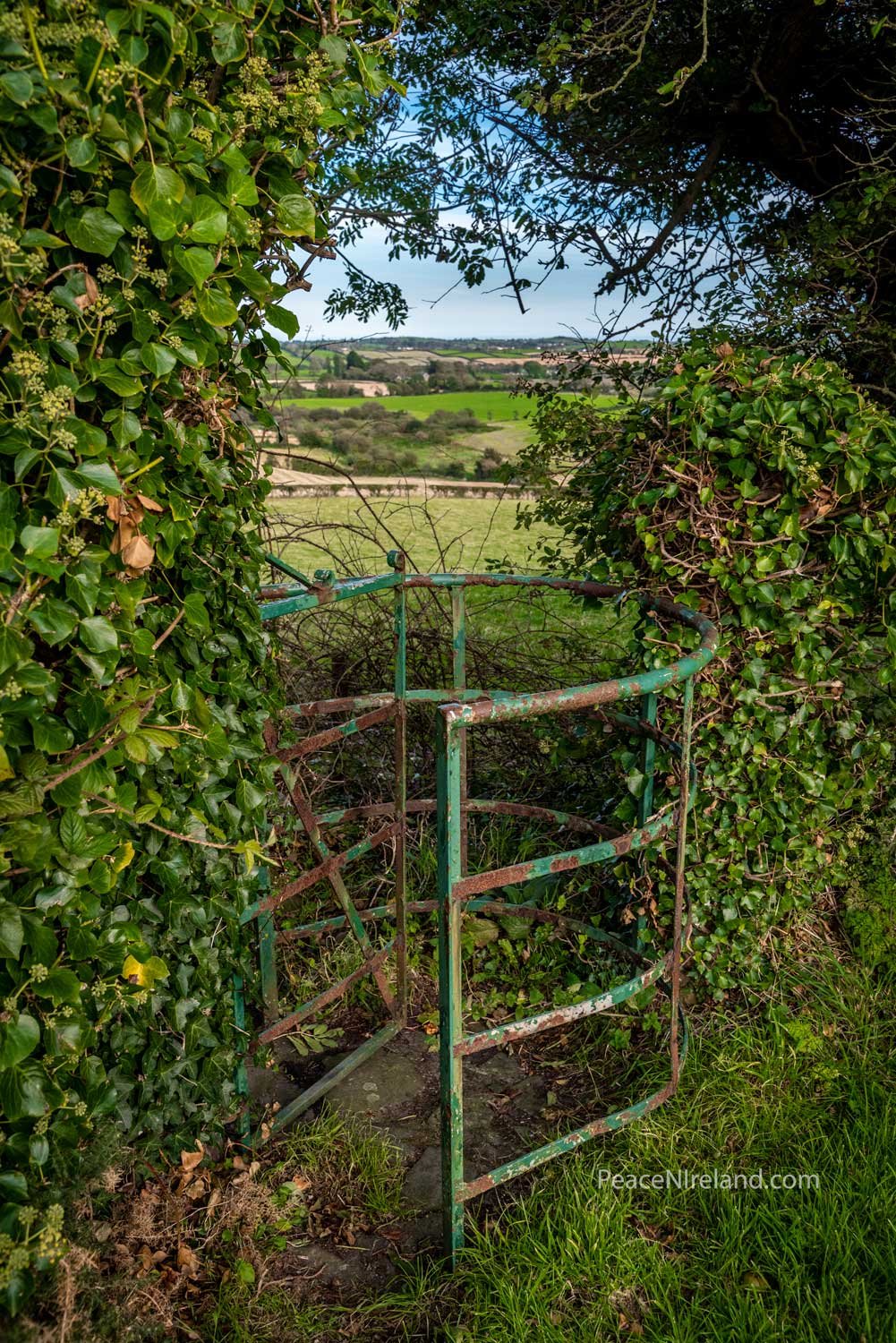Quotes
The impossible: St Francis

Athlone Castle, St Peter and Paul Cathedral, River Shannon, County Westmeath
Peace: Maha Ghosanada

Clough Castle, County Down, with Mourne Mountains in background
The small village of Clough in County Down houses the ruin of this motte and bailey castle, built in the late 12th century as part of the Anglo-Norman invasion of Ulster. Its construction was managed by the prominent Knight, John De Courcy, who masterminded a programme of castle building to establish Anglo-Norman authority.
This castle at Clough would have controlled one of the main routeways into the area from the south and may also have acted as part of the defence of a larger castle at Dundrum, just a few miles away.
In the sixteenth century, the ruined ‘keep’ was rebuilt as a tower house. The castle sits on a 25ft artificial mound, giving a vantage point for lovely views over the surrounding countryside, including the Mourne Mountains.




Life Purpose: Robert Byrne

Aughnanure Castle, Oughterard, County Galway

The 'greetings' pony - welcoming visitors along the laneway to Aughnanure Castle
St Brigid’s, Ballinasloe
St Brigid's, Ballinasloe

The former St Brigid's Hospital and Asylum, Ballinasloe, County Galway
This sad rundown building in Ballinasloe, County Galway, was known at one time as a ‘lunatic asylum’ according to an article in History Ireland. Designed by William Murray, it opened as the Connacht Asylum in 1833, and was renamed the Ballinasloe District Asylum in 1850. By the late 1920s, it became known as Ballinasloe Mental Hospital, and by the 1950s, St Brigid’s Hospital. This photograph from July 2021 shows a building rapidly deteriorating.
The caring profession in the nineteenth century was clearly unaware of political correctness as we know it today. An admission form from 1879 refers to “COMMITTAL as a DANGEROUS LUNATIC or DANGEROUS IDIOT.” This followed the passing of the Dangerous Lunatics Act of 1838, after which any person could make an unsubstantiated allegation of insane behaviour against another. Proof of this behaviour was not a prerequisite to them being arrested and committed to this or another asylum.
The discovery of psychiatric medication in the mid-20th century reduced the need for patients to be confined and restrained. As a result, the facility was gradually wound down, its doors closed for the last time in 2013. Ballinasloe locals are hoping for a new purpose for the building. Some would like to see it demolished because of unpleasant memories from the past, but most would like to see a restoration in keeping with the original design.
Photo and article by John Callister











